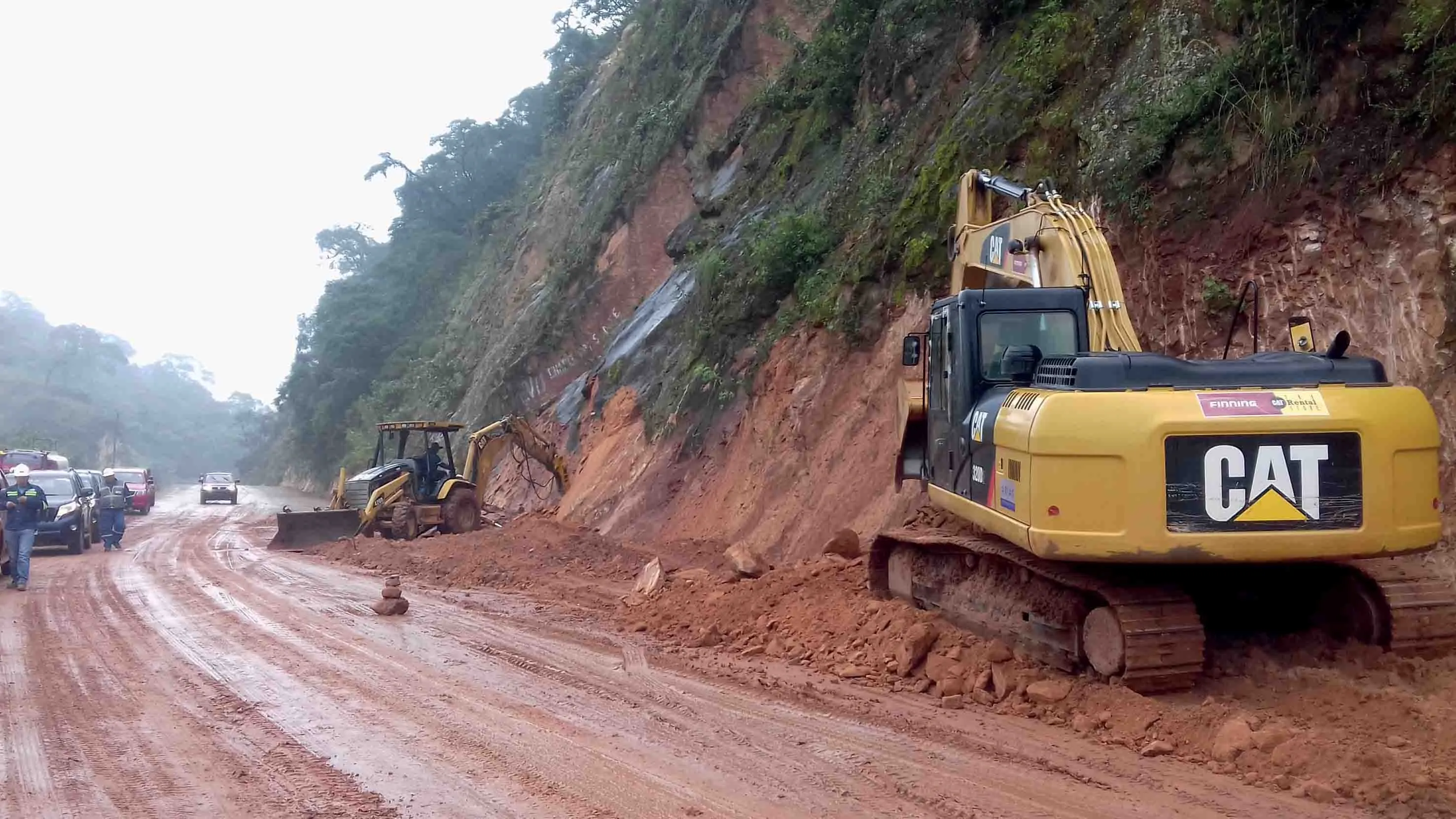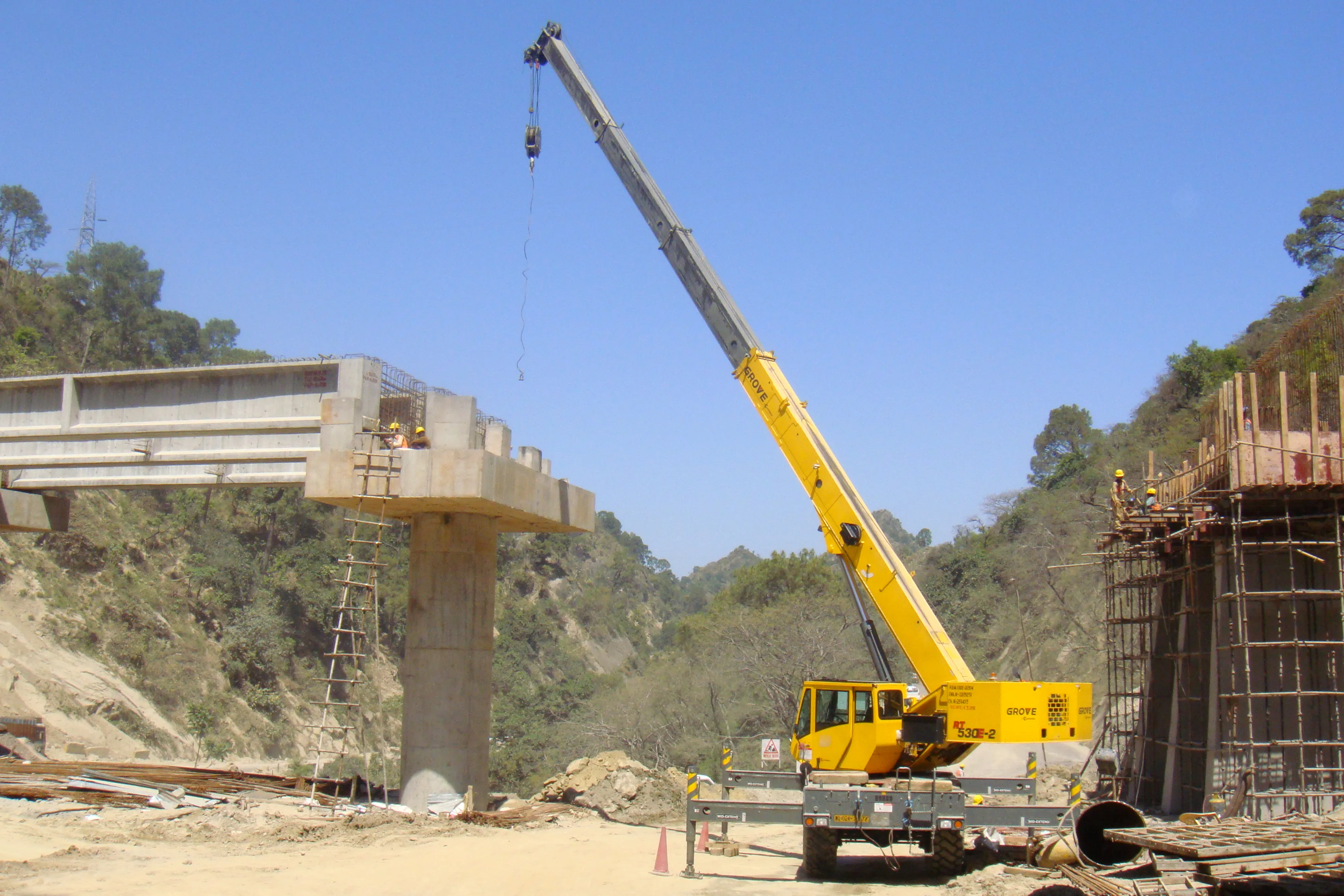
In Bolivia work is progressing on the strategic Incahuasi tunnel project – Mauro Nogarin writes
In southern Bolivia, the Bolivian Highway Administrator (ABC) is supervising the construction of the Incahuasi Tunnel and Monteagudo-Muyupampa-Ipati road. This work is of fundamental importance for the country as it will improve the flow of traffic and boost trade between the departments of Santa Cruz and Chuquisaca. The Monteagudo-Ipati highway project includes the Incachuasi tunnel which has a length of 96km. The work will require a state investment of US$126 million, financed partially by a $75 million grant from the Andean Development Corporation (CAF), while the balance of the cost is to be paid for by the Bolivian Government.
The Incahuasi Tunnel is being built by the construction company
The Incahuasi Tunnel has a length of 1,260m and is located in the southern region of Bolivia and is part of "Integration Corridor Diagonal Jaime Mendoza". It is part of the Machacamarquita - Sucre - Hito Villazon Road, which runs to the border with Paraguay.
To date, the work is around 22% complete. The tunnel is the central link that will help speed up the transit of heavy and light vehicles from the highlands toward the valleys and plains. This will deliver a new transport corridor to the borders with Paraguay and Argentina, with the aim of increasing trade to and from Bolivia.
From a geological point of view along the path of the tunnel, there are three predominant composed lithologies: sandstone, siltstone/lutite and arkose/greywacke. These are present in greater or lesser extent in all the formations analysed and displayed with a certain alternation. The contractor is using the well proven NATM excavation method to drive the tunnel, as this allows lower working costs and delivers high productivity in this type of rock composition.
The contractor is using a
For the sections being driven into competent rock, pass lengths range from 3-5m, while in the weaker areas, pass lengths have been reduced to 1-2m. For the execution of the main slopes of the entries in the North and South it was held against a bolthole by a grid of 3x3m2 with passive bolts, 25x 6m long. As an additional measure to the front slope, electro-welded mesh 100 x 100 x 8 and a layer of shotcrete 15cm thick was placed.
The tunnel is being constructed with a longitudinal ventilation system with eight vents at one end and six on the other.
The Spanish company Arias Hermanos is in charge of the construction of Section I of the Monteagudo-Muyupampa road, which is 49km long. This stretch of the road traverses an area with hilly and mountainous topography, creating less than optimal traffic conditions. With a planned maximum vehicle speed of 80km/h, a maximum slope of 8% is considered to be suitable along the whole section, with the exception of the Beltway around Monteagudo where there is an 80m stretch featuring a slope of 9.45%.
The cross section of the road has a two-way carriageway 7.3m wide, with two lanes that are 3.65m wide and berms that are 1.5m wide. The pavement structure is composed of a 50mm asphalt layer featuring modified polymers, a 200mm base layer, a 200mm sub-base layer and a 300mm sub-grade layer composed of 50% bank material. This section also has five bridges with lengths varying from 10-20m.
The Section II, Muyupampa - Ipati, is being handled by contractor Jose
The maximum slope is 8% starting at the exit to the Incahuasi tunnel, and the section radii of horizontal curves are within the requirement for the standard minimum radius of 65m. The maximum slope of the road is 8%, which is fulfilled throughout the entire stretch. The cross section of the tunnel is 7.3m wide and is designed for two-way traffic. The design has two lanes that are each 3.65m wide. This stretch also has the same pavement structure as used in Section I, with a PMB-type asphalt layer of 50mm, a 200mm base layer, a 200mm sub-base layer and a 300mm thick sub-grade, 50% of which is taken from bank material.








